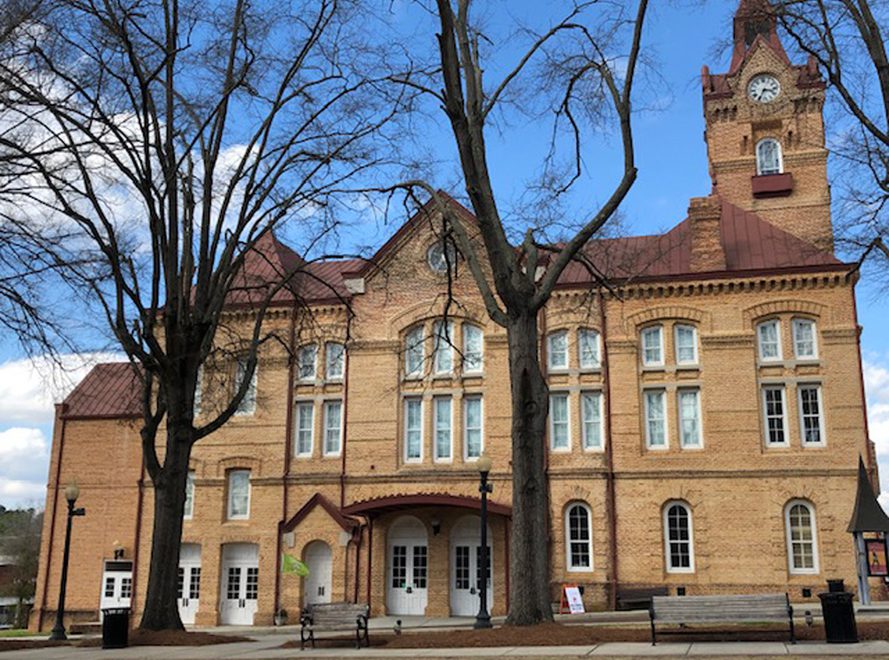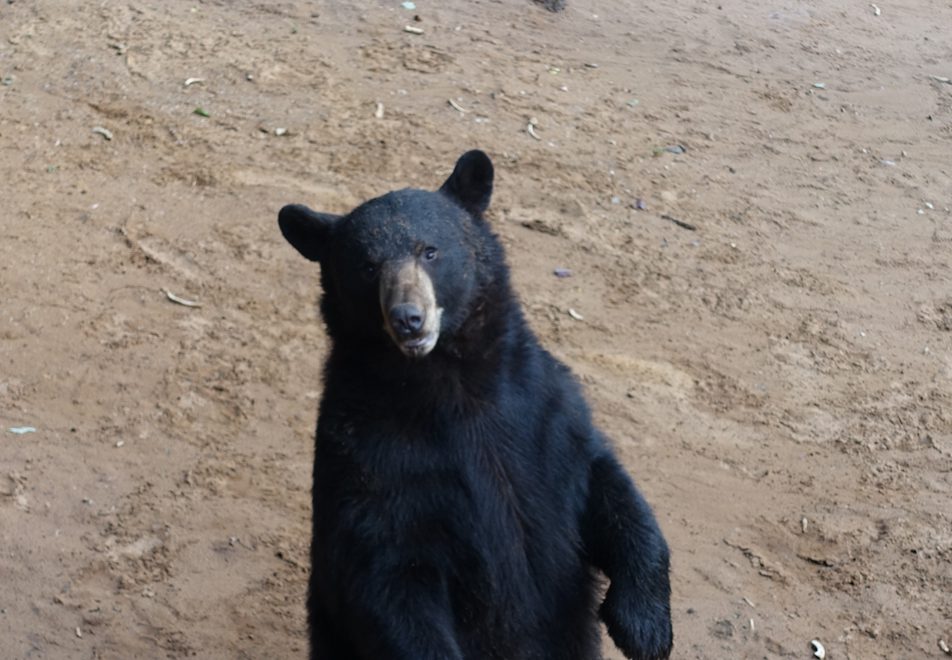About an hour north of Newberry, MI, is the most fascinating Shipwreck Museum and Lighthouse we have ever seen.

Shipwreck Museum parade
It is located at Whitefish Point, one of the most dangerous places in Lake Superior. Over the years 30,000 people have died in over 6,000 shipwrecks here through the centuries. One of the worst and last in modern times was the sinking of the Edmund Fitzgerald in 1975 when weather suddenly changed and they were only a few miles from shore but were carrying iron ore and many passengers. Since the sinking of the Fitzgerald more modern ways of lighting, better warnings of weather, and better ways of rescue have prevented more deaths. The video at the museum was live footage during the sinking of the ship and was so sad to watch.

Early 20th century rescue equipment
The rescue equipment for the volunteer rescue service at that time was amazingly primitive, and the waters are always below 65 degrees ( hypothermic) cold. It was hard to believe men would row out miles in a small wood boat in a terrible storm with high waves at night to try to rescue people. Now it is by helicopter and coast guard motor boats. Twenty years later the sunken ship was discovered and the bell brought up as a memorial for the people who died. Their names were inscribed on a replica which was placed in the shipwreck below the water as a burial site with a sad funeral memorial service November 10, 1995, with many relatives present. The original bell is in the museum along with photos and parts of many of the other shipwrecks which have occurred here. This somber place has amazing exhibits, so plan to spend several hours. The lighthouse is there and you can buy an extra ticket to climb to the top. We walked along the sandy shore which is covered with little pebbles of many colors. Lake Superior is the largest (about the size of South Carolina) and deepest (1,332 feet at greatest place) and most treacherous of the Great Lakes. Its waters would fill a swimming pool the size of the continental United States to a depth of 5 feet!

Inside the lighthouse
We drove through the small town of Paradise, closest to the two attractions. It is very, very small and we wonder how the 5,000 brave souls stay all winter with up to 300 inches of snow, but these near-by attractions are open year round and the dog sledding and snow-shoeing sounded fun.
Next we drove about a half hour back to see Tahquamenon Falls, the major natural attraction of the area. The lower falls are five different large waterfalls which are all around a small island. We chose not to rent a row boat to go over to the island and walk in the water and play in the falls, but many families were enjoying that, even though the day and the water are very cold. We took the lovely boardwalk pathway along the edge of the curved mainland to see the different falls from excellent viewing stations along the walk. It is through a lovely forest and is accessible for strollers and wheelchairs. Very, Very well done! We descended the 96 steps down to the brink of the largest of the lower falls and it is planned so the photo ops are great. It was wonderful and we are glad we made the climb. We chose not to do the other one down to the gulch. We were tired by this point so we did not do the 4 mile hike to the upper falls, even though we could have returned by shuttle. We drove to the large parking lot and picnic area there. Dogs on leashes are welcome, even in the Lighthouse and Museum buildings, and ours loved her exhaustingly wonderful day with us.

Tehquamenon Falls Michigan
The upper falls are one of the largest East of the Mississippi River, about 200 feet wide and 50 feet high. They pour over the natural rocky ledge in a reddish color from the minerals in the rocks, copper and iron. It was beautiful, and the nature studies, exhibits, signs, and demonstrations throughout the park are wonderful and informative for adults and children. Restrooms are modern and well kept. Concessions and souvenirs and nice picnic areas are available.

Logging Museum Michigan
At the edge of Newberry we stopped at the Tahquamenon Logging Museum. The small museum and typical house of lumberjacks were interesting and the various kinds of saws and equipment used through the years are there. The CCC building explained how the Civilian Conservation Corps from 1933-1942 put starving people to work during the Great Depression. These brave men and women built the landmarks, roads, bridges, and National Parks we enjoy today. This place is really worth several hours with so very much to see and learn. Logging was one of the industries that built this area and our country. Thankfully, the forests are replanted and beautiful so they can thrive for future generations.

Lower Falls
About the Author:
Bonnie and Bill Neely, currently retired on the east coast. Bonnie has been a professional journalist for over 30 years, has worked extensively in educational television in which she has been project coordinator, researcher, and scriptwriter. She has also been a columnist for various newspapers and magazines as well as a producer/scriptwriter for the Discovery Channel. Furthermore Bonnie is one of the “Top Book Reviewers” for Amazon.com. She founded Real Travel Adventures and built it into a leading travel blog.



